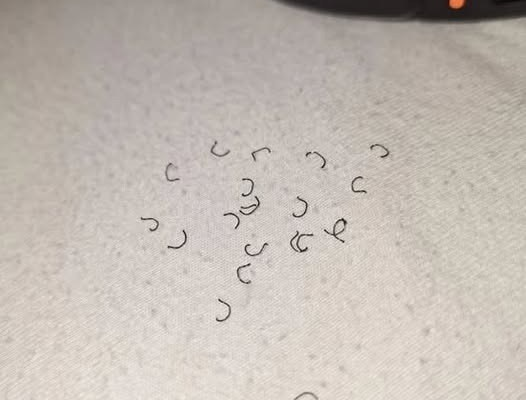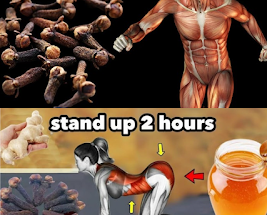Have you ever woken up and noticed tiny curled shavings on your bedsheets, your pillow, or even on your wrist after removing your smartwatch? These strange little curls often look like miniature Velcro hooks — tiny, curved fragments that seem oddly out of place, especially when you know for sure you haven’t used Velcro anywhere near your sleeping area or workspace. It can be a bit unsettling at first. You might even wonder if your sheets have somehow picked up lint or if you unknowingly brushed against something rough. But what if the culprit has been right on your wrist this whole time?

As odd and mysterious as they may seem, these little bits have a surprisingly simple and very common origin: the band of your smartwatch or fitness tracker. If you’re using a strap made of silicone, rubber, or any soft synthetic material — which many people do because they’re flexible, comfortable, and sweat-resistant — you’ve likely encountered these fragments before without even realizing it.
What you’re actually seeing are tiny pieces of your watch band that have worn down and broken off over time. Think of your strap like the sole of a favorite pair of shoes — each step gradually wears away at the material. In the same way, every movement of your wrist, every time you adjust your watch, and every time you take it on and off slowly wears down the strap. Over weeks and months of daily use, this repeated friction and bending can cause microscopic breakdowns in the silicone or rubber.
Unlike leather, which tends to crack or stretch visibly, or metal, which might scratch or dent, silicone and rubber degrade in a more subtle way. The material sheds small, curled shavings that resemble tiny hooks — almost exactly like the rough side of Velcro. These fragments collect in your bed, on your desk, or cling to your skin without you even noticing them until you wake up to find a few scattered on your sheets or stuck to your arm.
If you use your watch for workouts or wear it all day and night (including to sleep to track your cycles or heart rate), this wear is accelerated. Sweat, water, skin oils, and the natural expansion and contraction from temperature changes all speed up the breakdown process.
When you finally decide to replace your band, it might be tempting to go for the cheapest option you can find online. However, investing in a high-quality strap made from stronger, more durable materials can make a world of difference. Higher-end silicone blends, woven nylon, or even premium leather alternatives tend to last much longer, hold their shape, and resist that shedding effect. You’ll save yourself not only the hassle of those mysterious shavings but also the frustration of having to replace your band more frequently.
Furthermore, regularly inspecting your watch band and gently cleaning it with mild soap and water can extend its life. Keeping it dry after workouts or showers, and giving your wrist some air from time to time, can also help preserve the material.
So, the next time you spot those tiny Velcro-like curls on your sheets, take a moment to remember: it isn’t something to panic over. You’re not imagining things or discovering some new household mystery. It’s simply your trusty smartwatch showing a little age, a silent testimony to all the steps you’ve taken and moments you’ve shared together.
Rather than seeing them as a nuisance, consider them a gentle reminder that even the tools we rely on most need a little care and attention. With the right maintenance — and a thoughtful replacement when needed — your smartwatch can continue to serve you well, looking good and feeling comfortable every step (and sleep cycle) of the way.


